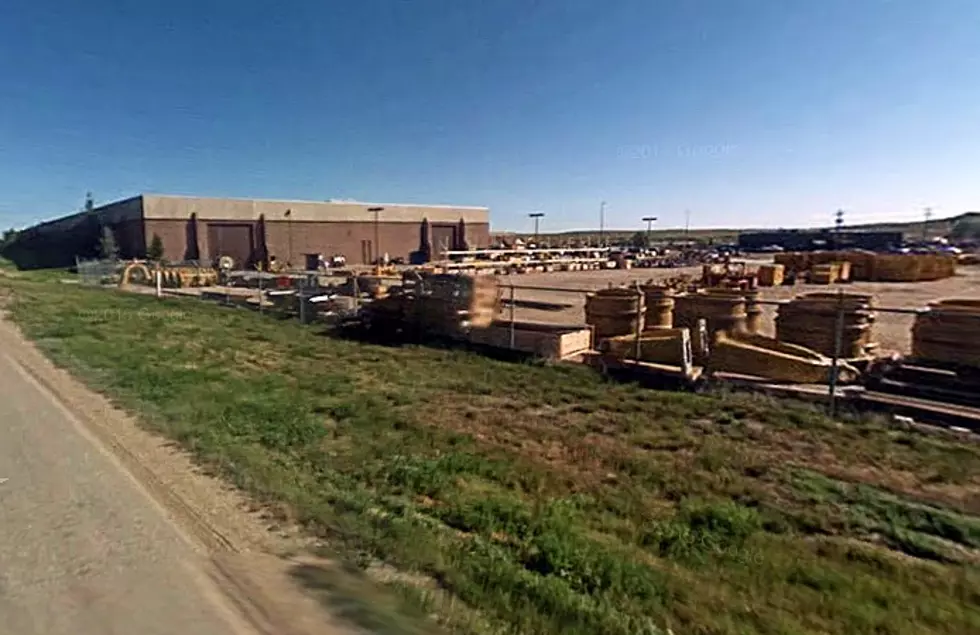
Downtown Casper Parking Study Begins
Parking.
It's neither the journey nor the destination.
It's the thing you do in between.
And you generally don't think about it until you can't find a space.
"Parking is there to support something else," consultant Dennis Burns told civic officials and residents at a meeting at the Fox Theater on Wednesday.
Burns is a regional vice president in Phoenix for Kimley-Horn, a nationwide planning and design company. He was joined by Kimley-Horn consultant Vanessa Solesbee from Denver.
He and Solesbee have conducted parking studies in places smaller than Casper and as large as Houston and San Francisco, he said. They recently completed a study in Cheyenne.
In June, the Casper City Council decided to direct the study to address the demand for parking in the growing Old Yellowstone District and downtown. The last such study was 17 years ago. The Casper Area Metropolitan Planning Organization approved $80,000 for the study. About 91 percent of the funding comes from the Federal Highway Administration through the MPO.
Kimley-Horn was chosen as the consulting firm, and Wednesday's meeting was the first formal step in the study.
Burns, Solesbee and others will be in Casper for a few days to interview people and scope downtown and the Old Yellowstone District, Burns said. They will return periodically to review parking assets and land; hear the interests of those who live and work downtown; and analyze current and future demand, and short- and long-term management plans and ways to pay for them.
They probably will complete the study in May, he said.
During their presentation, Burns and Solesbee said parking has changed over the past couple of decades.
Expanses of asphalt often were architectural after-thoughts of malls and municipal projects, they said. Safety was neglected with gray, dull and dimly lit garages. Parking structures were unattractive and inefficient. Parking lots were often the largest single land use in downtowns. And there were the tickets if you overstayed your space.
Over time, cities integrated parking with other aspects of urban life to improve better access to businesses and cultural attractions, Burns and Solesbee said.
For example, Boise, Idaho, has an underground parking garage with a plaza and splash pad at ground level that enhances the quality of life, Burns said.
Quality of life and parking issues converged when Solesbee lived in Cedar Rapids, Iowa, a decade ago, she said.
In June 2008, flooding inundated 10 square miles of her city. The clean-up and restoration forced the city to look at its difficult parking issues including debt-free yet money-losing parking structures, Solesbee said.
"We looked to rebuild the downtown after the flood, we knew that parking could play a big role in welcoming people back to downtown," she said.
So a public-private partnership was formed to take over the management of the city's parking assets that created revenue, rebrand the system, install user-friendly technology, and implement a ticket amnesty program.
"Nobody comes downtown to park," Solesbee said. "It's not true in Cedar Rapids, it's not true in Casper. You come downtown to go to the theater, or a restaurant or a new microbrewery."
Parking is critical to those experiences, she said. "If you have a bad parking experience, you forget about all of those wonderful things you just experienced."
After the meeting, Burns said the recognition is growing about parking's importance to a community's development.
"The big thing is people are beginning to realize how important parking is for achieving your larger community strategic goals, and it's something that tends to get forgotten until it doesn't work," he said.
"So taking a more pro-active role and a more of a planning role and more of just a comprehensive management strategy seems to be what's missing."
More From Rock 96.7









